The 10 toughest cycling workouts
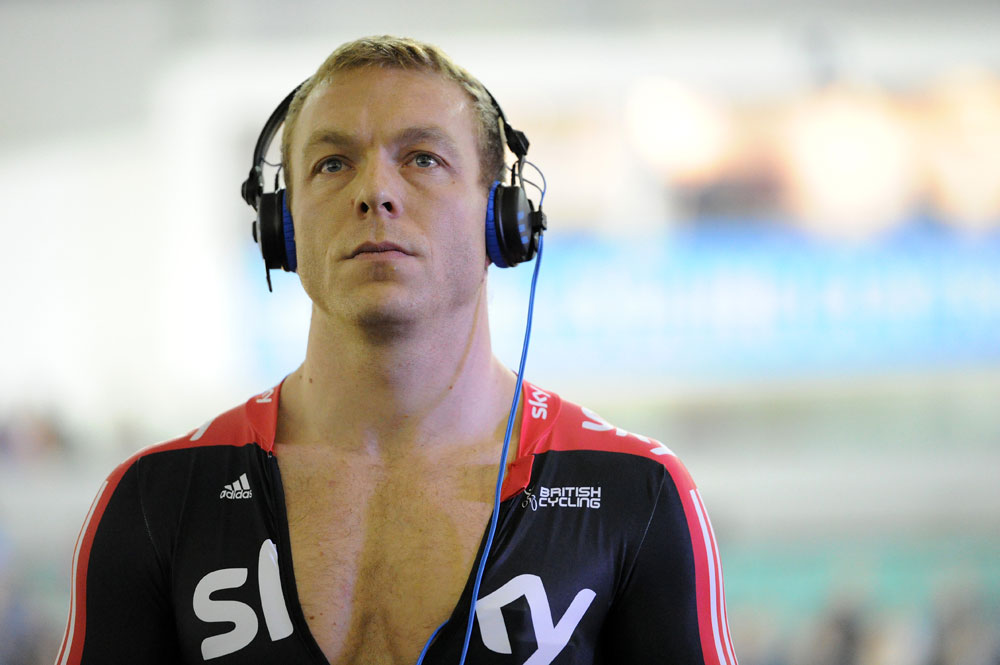
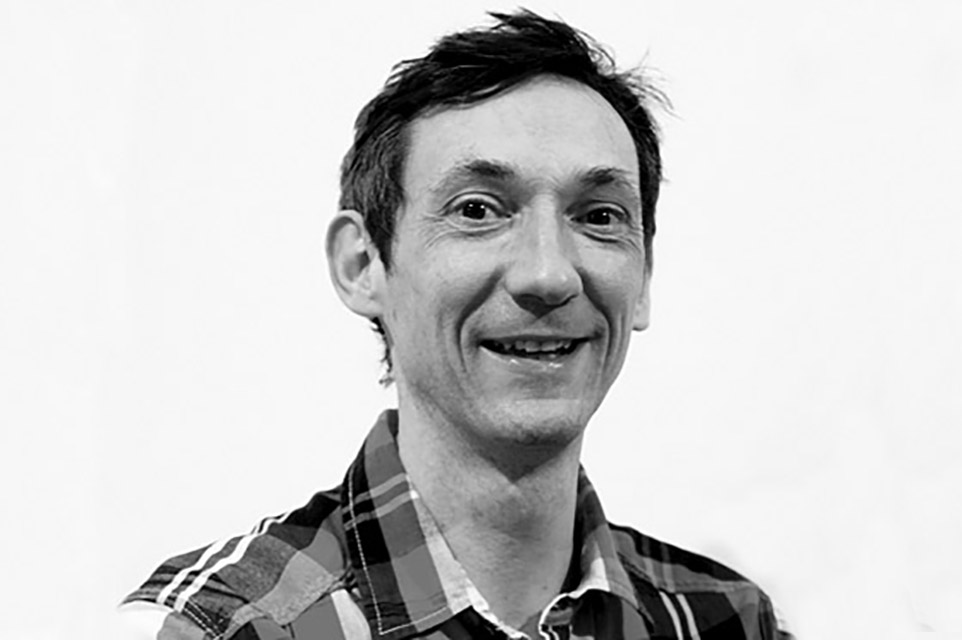
Cycling is hard; it attracts people who can take pain. In fact many top racers seem to relish it. We spoke to a cross section of successful racers from different disciplines and different generations, and they all came up with something that hurt them. Try one, if you think you're hard enough.
Seriously though, even a toned down version of these sessions will make a great breakthrough workout. Just pick one that suits the sort of cycling you are into. Treat them with respect, though. Take a couple of easy days before, with the same after, use good nutrition before during and after each one, add a pinch of good quality rest, and they will give you a good fitness boost.
Geraint Thomas
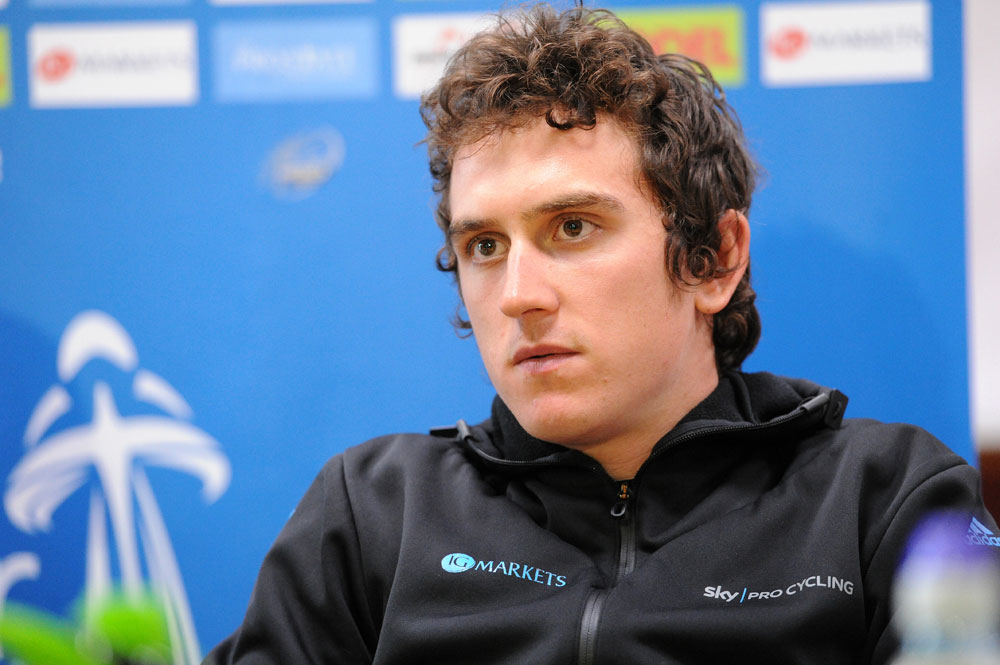
Olympic team pursuit gold medallist, Team Sky
"The one session I dread is something we do early in the year called capacity intervals.
They are just how far can you go in five minutes, but we do three to four of them with little recovery and often at the end of a training camp, so we're already tired. They really nail you."
Josh Teasdale
Get The Leadout Newsletter
The latest race content, interviews, features, reviews and expert buying guides, direct to your inbox!
Junior time trial best all-rounder 2012
"The hardest training session I ever did was a two-and-a-half-hour interval session taken from one of Stuart Dangerfield's training ideas. It consisted of a very long upside down pyramid of intervals, starting with 20-second flat out sprints, then one minute-intervals done as hard as you can go for one minute, then five minute intervals."
Joanna Rowsell
Double world team pursuit champion
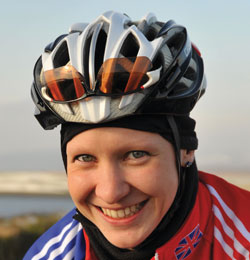
"The hardest session I do is one we do in Mallorca. We ride to the Sa Collobra climb, and then ride up it by doing 20 seconds hard then 40 seconds easier, and do that four times.
Then we ride easy for four minutes then do the 20 hard 40 easier again, and keep repeating until we get to the top. The difficulty comes from being a track rider, so I can really empty myself in 20 seconds, and you have to keep riding in between every effort because you are climbing.
There's very little recovery, really. We ride back to the hotel after, another hour or more"
Roger De Vlaeminck
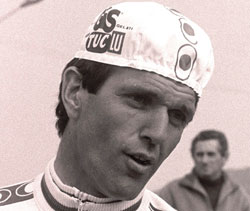
Paris-Roubaix record holder and multiple Classic winner
"I trained very hard for the Classics. You need strength and speed to win one, so my hardest training day was to ride 50 to 70 kilometres behind a Derny-pace bike to the start of a race.
Then I rode the race, maybe 150 kilometres, and then rode for another 50 kilometres behind the Derny. Some days like that I did over 300 kilometres. It worked though, I was never troubled by the distance of a Classic, and I was always fast at the end."
Chris Boardman

1992 Olympic individual pursuit champion and three times winner of the Tour de France prologue
"There are two ends to toughness in training sessions, the short sharp ones and the long hard ones. Short and sharp feels awful, and I'm very pleased I don't have to do training that makes feel physically sick any more. But for my toughest ever workout I'd chose the mental strain of riding long distances
"One year I had to do a week of back-to-back eight-hour rides. I turned some of them into an adventure and would ride to new places and meet my wife in a hotel at the end. One of those started where I live in the Wirral, went into Lancashire, over the Nick O'Pendle, and ended in North Yorkshire. It was winter, it rained all day, there was a headwind and because there was no such thing as sat-nav, just some notes I made on a scrap of paper, I got lost. It was horrible."
Ben Swift
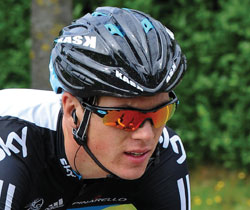
Winner of the Tour of Picardie 2010
"The hardest workout I ever did was on the turbo after I broke my collarbone.
I warmed up for 20 minutes then did 20 minutes of 15-second full gas sprints in my biggest gear, with 45 seconds easy after each one, then a ten-minute cool down. I remember having to get off and lie down in the garden for ten minutes afterwards."
Dan Pearson
National junior road race champion
"The toughest session I ever did was this week. I'm in Mallorca, when a few of us decided to do 250 kilometres. It took nine hours.
I felt ok at the end, but there was a couple of hours where I went through some real bad patches. It was relief to finish, though, and when we got back to the hotel I showered, went straight to dinner and all I ate was ice cream, 12 scoops of it. Then I had a salad"
Fabian Cancellara
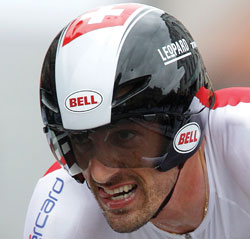
Olympic time trial champion
"I sometimes do 150 kilometre rides on my time trial bike.
It hurts but they are the only way to hit the support muscles you use when riding in a time trial position.
It really strengthens them."
Yanto Barker

Commonwealth Games rider and third place in the 2005 national elite road championships
"We did a seven hour ride on our UK Youth training camp in Gran Canaria, which is hard enough anyway, but I have never experienced climbs like they have there.
"There was one I timed at one hour 14 minutes and it included a five kilometre section of 25 percent. I couldn't believe it, I set off thinking; ok, I can manage this, and it won't last long. Then we went round a hairpin and it was just as steep, and another and another until I got to a point where I could see it going up ahead for ages at the same gradient.
"I began to seriously wonder if I could keep moving forward, and how long it would be before I had to put my foot down and have a rest. I was using 39 x 25 and I was light and in good condition. It was a humbling experience, and I still haven't recovered from the shock."
When training goes bad
Many bike racers have done sessions that ended up being so horrible they'll never do them again. Here are three of these that our subjects shared with us.
Often the horror comes out of a mistake, like Geraint Thomas's first ever workout with SRM power measuring cranks. "I was told to ride for one hour at the pace I could ride for three hours, but I didn't realise you had to calibrate the cranks once they were on your bike.
I set off, sticking to what I thought was the right power output, but I soon started wondering what was happening. It was so hard, but that was because I was riding to the wrong information. I ended up riding a flat out time trial for an hour and was on my knees at the end," he says.
Josh Teasdale underestimated the terrain and overestimated his strength on a family holiday in the Lake District. "I planned this epic ride up four passes, because I thought it would be a good idea, but I didn't know how long and steep they were.
I wanted to do a high average too, 21 mph, so I really went hard to the first one, Kirkstones Pass. Then I did Hardnott, Wrynose and Honister, but I didn't know that they are 1 in 3 and really long. I ended up doing 90 miles and about 10,000 feet of climbing.
I remember riding the last ten miles down a dual-carriageway to meet my parents in Keswick, and that road went on forever. I was totally shattered."
What works for one rider won't necessarily work for another, as Garmin-Barracuda director sportif Allan Peiper found out back in the days when heart rate monitors were new. "I bought one and Phil Anderson bought one too. We both had lactate tests, but Anderson had his results back and I hadn't, so I used his numbers. I hammered myself trying to keep to them.
I got so tired that one time, when I woke up in the middle of the night to visit the bathroom, I walked into the wall next to the door, and when I got inside I peed on the floor next to the toilet."
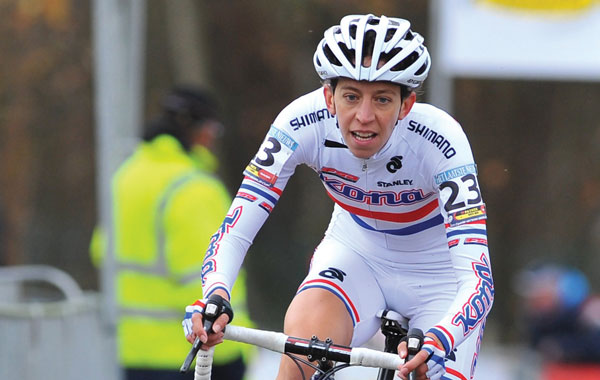
Helen Wyman
Multi-national cyclo-cross champion
"I once did a session based on threshold efforts between the hairpins of Alpe d'Huez.
I rode from one corner to the next at threshold pace, with a five-second
standing start sprint to start the effort. I rode steady from the next
bend then did another threshold effort from the following corner.
And that's how I continued to climb. The session stopped when the hill
stopped. "I was spotted by some British cyclists who were driving to the
top for a coffee. They were cheering from the car, and they stopped to
take photos, but I wasn't even able to smile. They later made contact on
Facebook, and I apologised for my lack of friendliness."
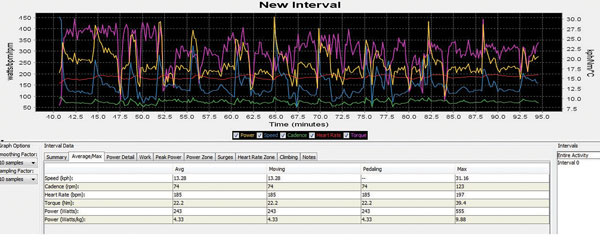
How tough is tough
Helen Wyman sent us the SRM file for her Alpe d'Huez interval session. You can see the 11 power spikes by following the yellow line where she started each interval. The intervals were all around the 300 watt mark.
There are 21 bends on Alpe d'Huez, so the fact that she was still climbing between her threshold efforts also gives a high average for the whole session, including the easier straights, of 243. That's a watts per kilo number of 4.33.
Her watts per kilo for the intervals was around 5.35, which according to the power training bible, Hunter Allen and Andrew Coggan's ‘Training Racing With a Power Meter' is world class for a female racer. Doing 11 intervals at world class pace is the dictionary definition of a tough workout. [see for yoursel, above]
Pro rider quotes
Tom Staniford
"Nothing hurts worse than the guilt from the training session you didn't do," Tom Staniford
Matt Brammeier
"I take my gloves off on freezing training rides to see how long I can stand it. It's part of my ambition to race Kuurne-Brussels-Kuurne in March without wearing gloves, like real Flandrien."
Eddy Merckx
"If ever I'd had one too many beers or glasses of wine I didn't back off training the next day, I pushed harder. It was punishment, my act of atonement." Eddy Merckx
Yanto Barker
"Training is tough because of the route or the people you train with. In Devon we have a ride called Round the Block, it's a 100-mile circuit of Dartmoor.
I started out doing that ride with ex-pros Colin Lewis and Gary Dowdell and recently I've been doing it with Tour of the Med winner, John Tiernan-Locke. It always hurts,"
This article was first published in the February 23 issue of Cycling Weekly. You can also read our magazines on Zinio and download from the Apple store.

Thank you for reading 20 articles this month* Join now for unlimited access
Enjoy your first month for just £1 / $1 / €1
*Read 5 free articles per month without a subscription

Join now for unlimited access
Try first month for just £1 / $1 / €1

Nigel Wynn worked as associate editor on CyclingWeekly.com, he worked almost single-handedly on the Cycling Weekly website in its early days. His passion for cycling, his writing and his creativity, as well as his hard work and dedication, were the original driving force behind the website’s success. Without him, CyclingWeekly.com would certainly not exist on the size and scale that it enjoys today. Nigel sadly passed away, following a brave battle with a cancer-related illness, in 2018. He was a highly valued colleague, and more importantly, an exceptional person to work with - his presence is sorely missed.
-
 Save £42 on the same tyres that Mathieu Van de Poel won Paris-Roubaix on, this Easter weekend
Save £42 on the same tyres that Mathieu Van de Poel won Paris-Roubaix on, this Easter weekendDeals Its rare that Pirelli P-Zero Race TLR RS can be found on sale, and certainly not with a whopping 25% discount, grab a pair this weekend before they go...
By Matt Ischt-Barnard
-
 "Like a second skin” - the WYN Republic CdA triathlon suit reviewed
"Like a second skin” - the WYN Republic CdA triathlon suit reviewed$700 is a substantial investment in a Tri Suit, and it is, but you’ll definitely feel fast in it
By Kristin Jenny